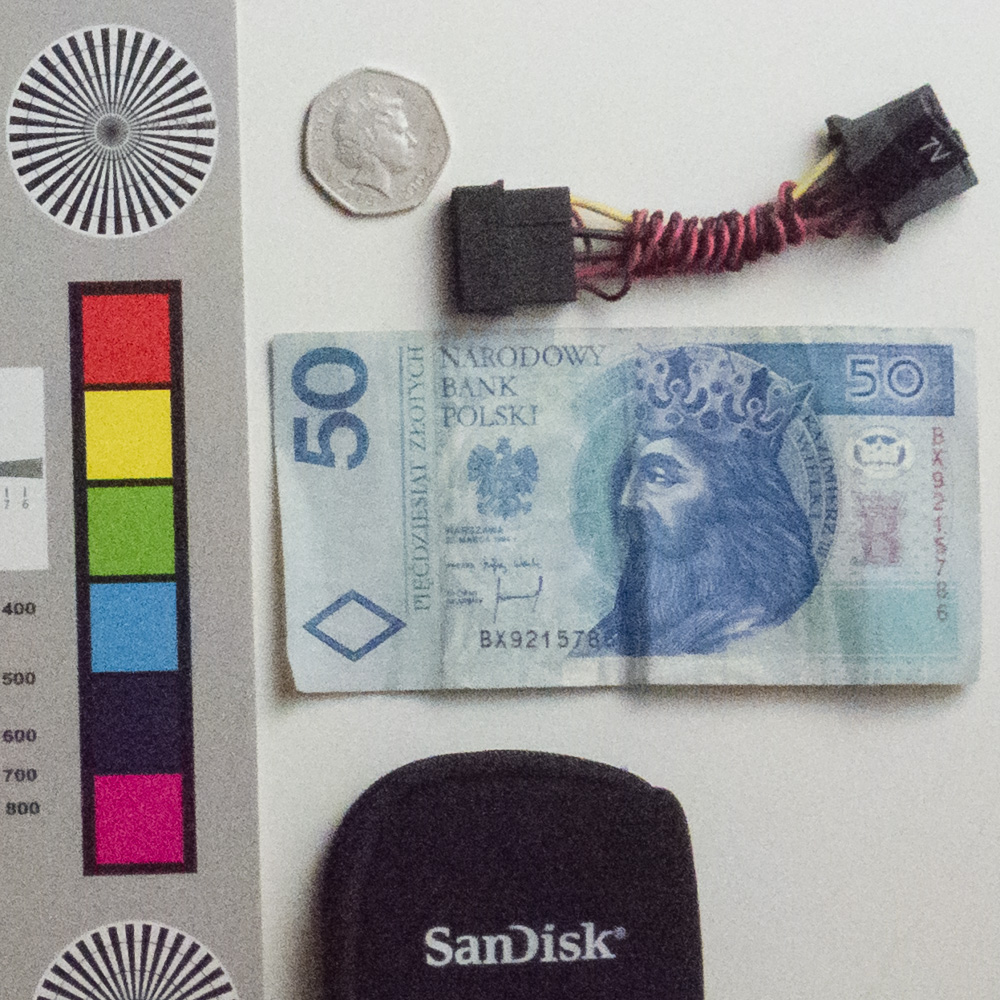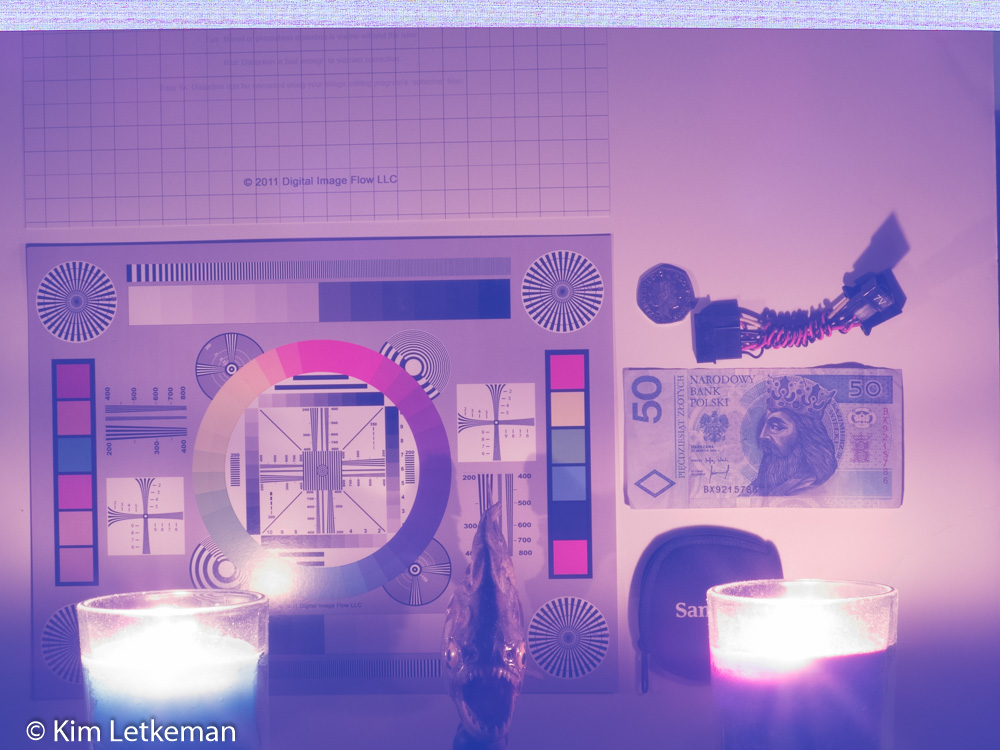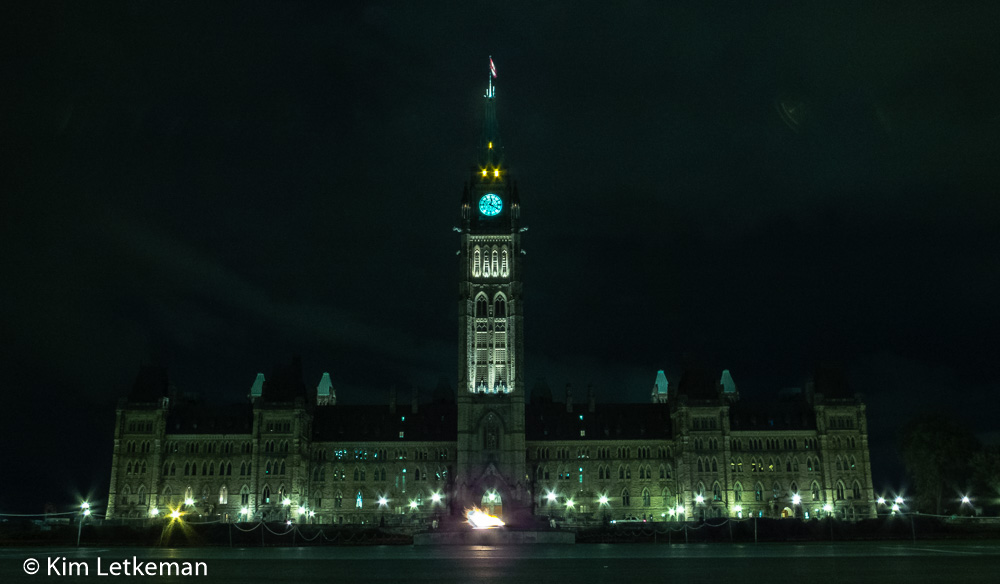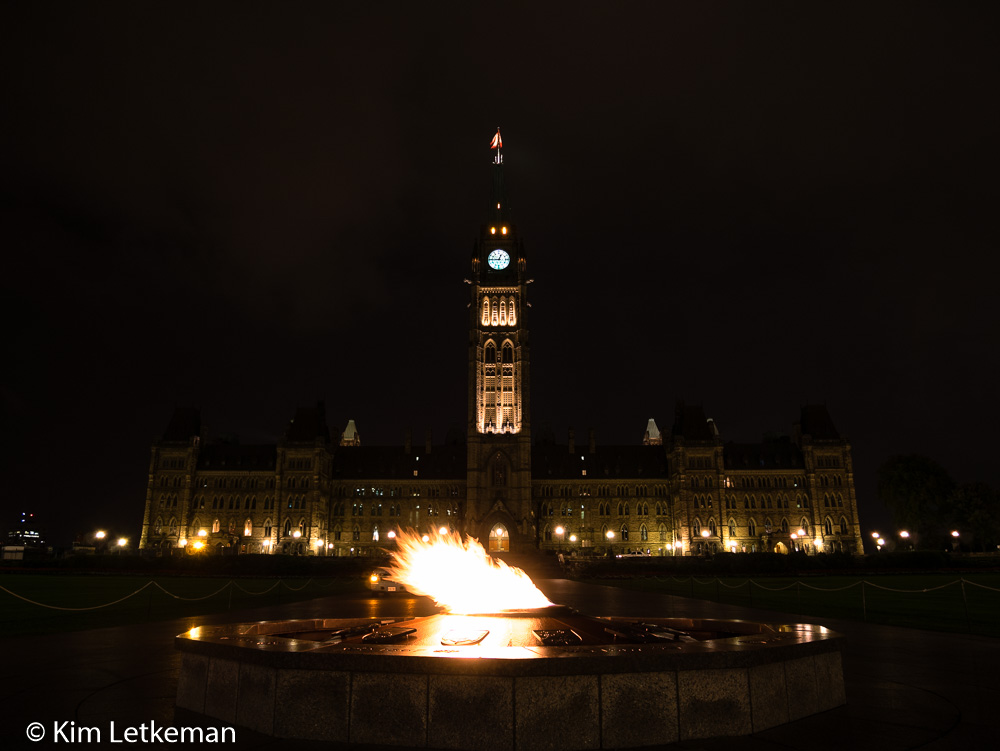This is becoming something of a tradition in my reviews. At some point I shoot an ISO ladder in good light and then again in crappy light and see how each camera performs. Note that this post was originally intended to be the bad light ladder, that one is coming. This is the good light ladder.
How I Shot this Test

Forgive the rather awful quality of that image … I still had the GM1 set at 25600 …. sigh.
My best tripod at its lowest height with me sitting behind it in a chair. This eliminates any chance of the angle of view changing etc. White balance set in camera. Shoot through umbrella close to the right side … you can see the light falloff in the full sized jpegs that I link. A fairly powerful studio compact fluorescent (CF) daylight balanced bulb shot through a translucent umbrella. Two second timer release for every shot.
Metering was the camera’s choice as I used A prio across the board. You will note that the HS50EXR underexposed in all modes while the S1 did not. This too affects the performance of these cameras. Any good photographer compensates for the learned behaviour of the body he or she is shooting, but if you shoot blindly then you will be disappointed by the HS50EXR.
JPEGs untouched. Raws all processed to almost identical settings (white balance reset for each camera on the actual subject.) Noise reduction added starting at 800 for the HS50 (all modes) and 1600 for the S1 (800 is clean, wow.) Noise reduction slightly increased along with sharpening to compensate at 1600 and 3200. GM1 was added as a control subject, although I left the jpeg engine set harshly so the jpegs are comparable only for noise, unless of course you like your contrast curves harsh :-)
And finally, all of these are cropped to the same angle of view in Lightroom and then rendered to 1000px, normalizing them as equivalent to a crop of a large print. I.e. they are not all that far from being pixel for pixel at the large size.
The Scene
Here is the full scene at 100 ISO L size from the HS50EXR. This is a full-sized jpeg so you can of course click on it to open the whole thing in a new window, as you can with every referenced image. Note that the light falloff is very visible, which allows you to evaluate the level of saturation in the strong light on the right and the weaker light on the left. I crop from the right side to include the bill, a bit of the black SD card purse, and the coin and adapter to help judge edge detail as it pertains to 3 dimensionality …

All of the images shown in this article are available on my gallery starting here:
http://letkeman.net/Gallery/miscimages/Fuji-S1-and-HS50EXR-Review-Images/DSCF9521_FinePix-HS50EXR_20_1-mm_ISO-100_1-15-sec-at-f-4_5
That is the beginning of a long string of images in good light. I have added tags in the gallery for those images whose title does not quite illustrate what you are looking at. You can display the EXIF, and the order of the groups is: L size DR100, M size DR400, SN mode, S1, GM1. I have included full-sized jpegs at 100, 800 and 3200 ISO. Within each group, you will generally see the raw crop, the jpeg crop and for 100, 800, and 3200 iso you will see the full sized image next.
HS50EXR L Size DR100 – 100 ISO
I’m not a big fan of shooting jpeg on tiny sensors because it leaves so much on the table. The noise reduction alone is crushing as you get into lower light. But let’s start with 100 ISO to get our feet we. I think you will agree that this jpeg looks pretty decent, although I have it slightly underexposed.

Here is the raw

HS50EXR M Size DR400 – 100 ISO
The jpeg has been upsized to match the physical size of the L sized jpeg, which itself was slightly downsized for normalization. This is a very fair test, as it is what you would see if you printed a fairly large image from any of these modes.

The raw look quite good of course, as did the L sized image.

I think you’ll agree that the level of detail shown is shockingly similar. I have always maintained that M DR400 is the best general mode because of the softer tone curves and I see nothing here to disabuse me of the notion.
HS50EXR EXR SN Mode – 100 ISO
And then there is SN mode. I was able to set EXR SN on the dial and then set ISO through the entire range. So here are those images. I’m not even quite sure what it does at low ISO, but let’s make an assumption that it either gives us half the sensor data or it bins. I suppose we’ll see how it behaves …. starting again with the jpeg.

And the raw …

Looks about the same … but if you look at the raws at full size and click between them (on separate tabs for example) you will find that the grain in the shadows is harsher on the SN mode image. This may very well indicate that SN raws contain only half the data at low ISO (I.e. when the hardware does not think it needs to bin?) The difference is subtle though and could easily go unnoticed. And I proved in an earlier article that SN is brutal in bright light anyway as it blows highlights with abandon. So this probably means nothing.
S1 – 100 ISO
Be prepared to be surprised … the 100 ISO image is cleaner and sharper than the HS50EXR. Well, given what I have been writing through this series, maybe that’s not such a surprise …
The jpeg …


I think it is pretty obvious that the S1 will retain its sharpness crown. It just seems more able to consistently render sharp images in good light at low to mid ISO. But how about higher ISO?
All ISOs are represented in the gallery at the link I provided, and to look at each separate ISO in jpeg would take massive space. Go through the gallery in as much depth as you want and compare the various cameras at whatever ISOs you consider important.
Meanwhile, here I cut to the chase. The highest usable ISO would be 3200 for any of these sensors. You will have some compromises, but with careful shooting and processing they actually do a half decent job.
HS50EXR L Size DR100 – 3200 ISO

Well, that’s kind of disgusting. Is there actually any detail in there? Let’s check the raw …

Well, that’s grainy, but the saturation is decent and even with open shadows the grain size if tolerable. Not too bad at all.
For those who still do not believe that jpeg on tiny sensor just does not cut it, here is an animation that makes it painfully clear … I hope:

Moving on, now here’s where the rubber meets the road … the two M sized versions should kill the L sized version above … no?
HS50EXR M Size DR400 – 3200 ISO
The jpeg is in fact not a whole lot better, although the smearing contains less chroma blotching I think.

The raw is again far better:

Note the very clean saturation on the left side, and the fine grain. But, of course, the star of the show is next … EXR SN mode and its binned pixels …
HS50EXR EXR SN Mode – 3200 ISO

Hmmm … there might be a slight improvement in saturation on the left, but let’s look at the raw.

WHOAH … that’s a blotchy mess. When I open the raw files in separate tabs and enlarge them by clicking on them, I can switch between them by clicking the tabs … and what I see is much clumpier grain on the SN image and much harsher details on the coin and everywhere else. The saturation remains a tad stronger than DR400 M size but the price is bad grain and chroma noise. The chroma noise in the shadow under the bill is kind of shocking …
All in all, SN is not cutting it against M size DR400 or even against L size … although L size has some saturation issues and slight color bleeding, it has fine grain and excellent detail. M size beats both easily in this test in my opinion.
But … once you downsize a lot, you can shoot what you want. I just don’t see any reason to recommend either L or SN … although L size is obviously useful if the subject is pixel starved – the moon comes to mind.
But wait … we still have not seen the S1, have we? This little 1/2.3” sensor should be beaten up pretty badly at such high ISO, especially by M DR400 mode.
Yet …

A similar amount of smearing, but extremely clean edges and low grain. Strong tones, but impressive jpeg.
How about raw:

I think we have a winner!
Seriously, the grain is fine, the detail is excellent, the coin looks very clean, the shadows are clean. Wow. This is a great performance for such a tiny sensor. One presumes that this is BSI CMOS showing us what it can do in a traditional Bayer sensor … note that I opened the shadows quite a bit more it seems, yet it still looks better in my opinion.
At the very least, its performance in low light at high ISO is a pleasant surprise.
So remember to go to my gallery and explore all the images … full sized jpegs from 100, 800 and 1600 ISO for both cameras and all modes, plus crops from jpeg and raw for every ISO.
Going back to jpeg for a moment, here is an animation that will demonstrate the value of the larger sensor in something like the GM1 (or the LX100 or the FZ1000 or the G7x or the RX100 and so on …) Note, though, that I really screwed up the jpeg settings on the GM1, making very strong contrast images. Still, you can see the detail retention and saturation at the highest ISOs and the lack of smearing across the board …

Well, I hope that someone found this useful. To me, the S1 took the crown at all ISOs. A close second place to the HS50EXR at M size DR400. SN mode sucked. L mode was adequate, but saturation really suffers.














































